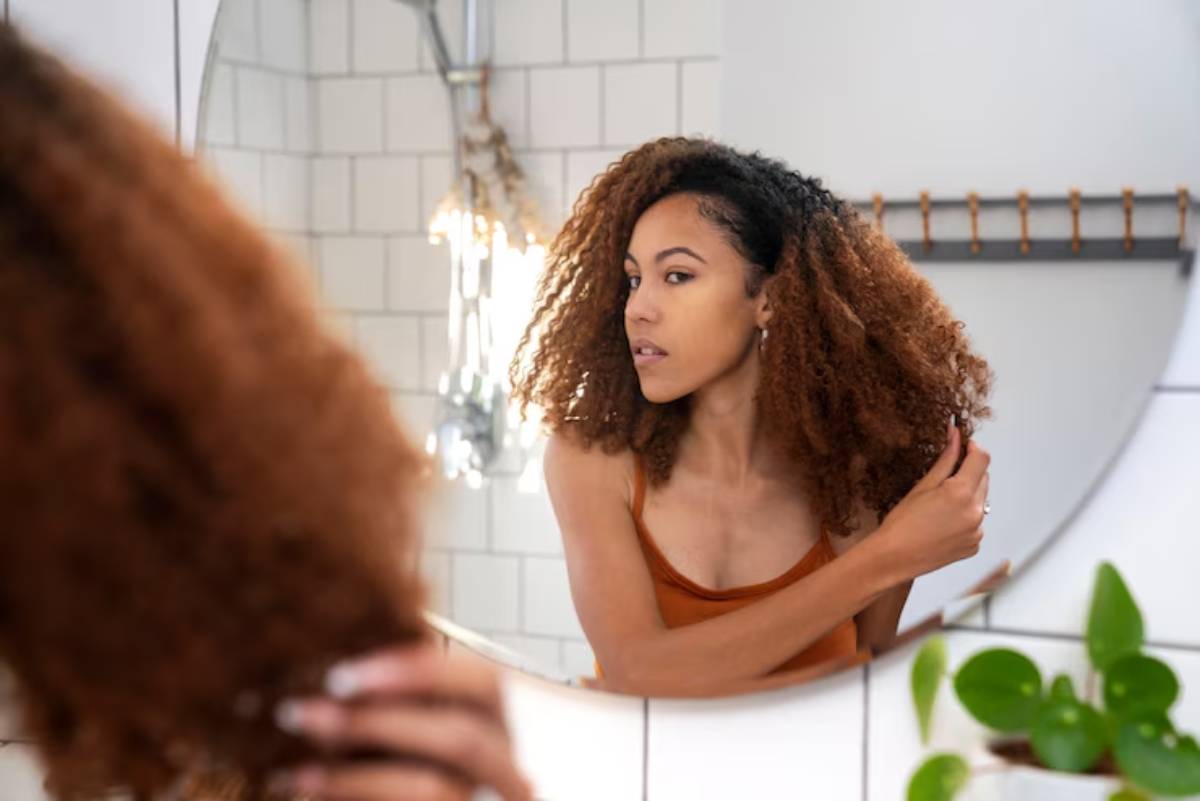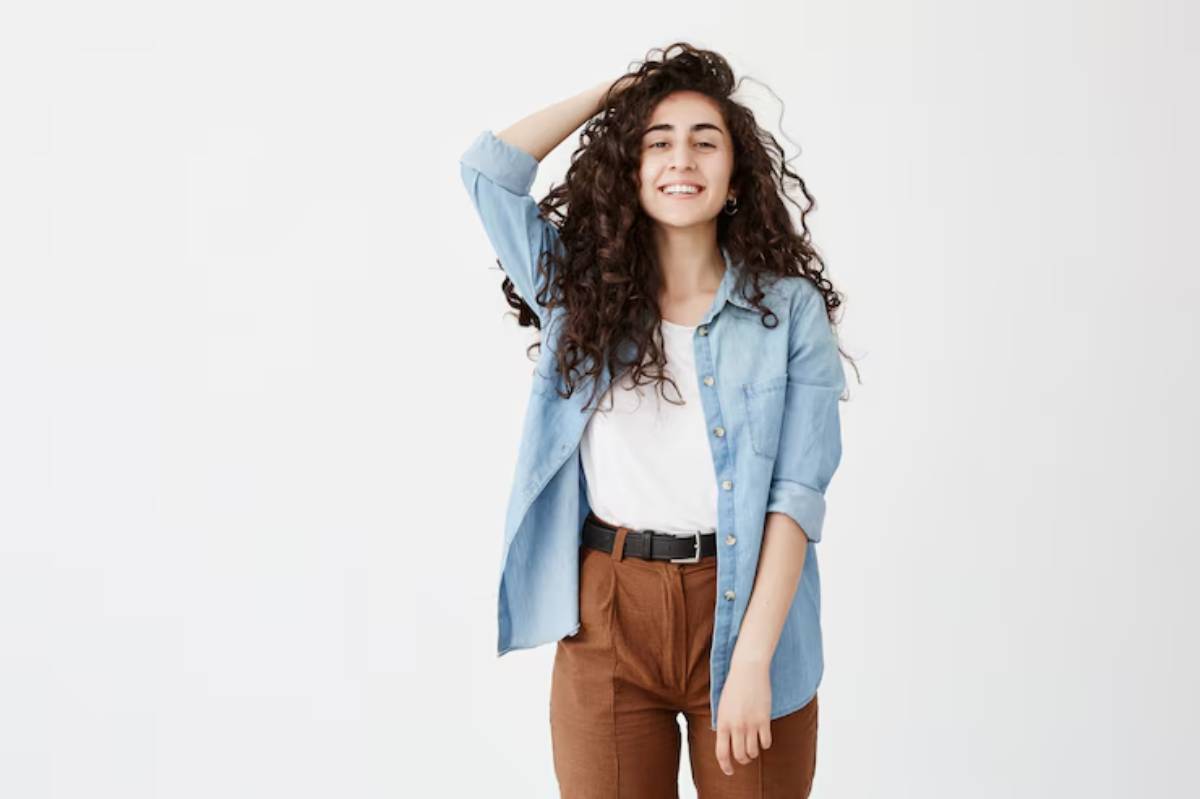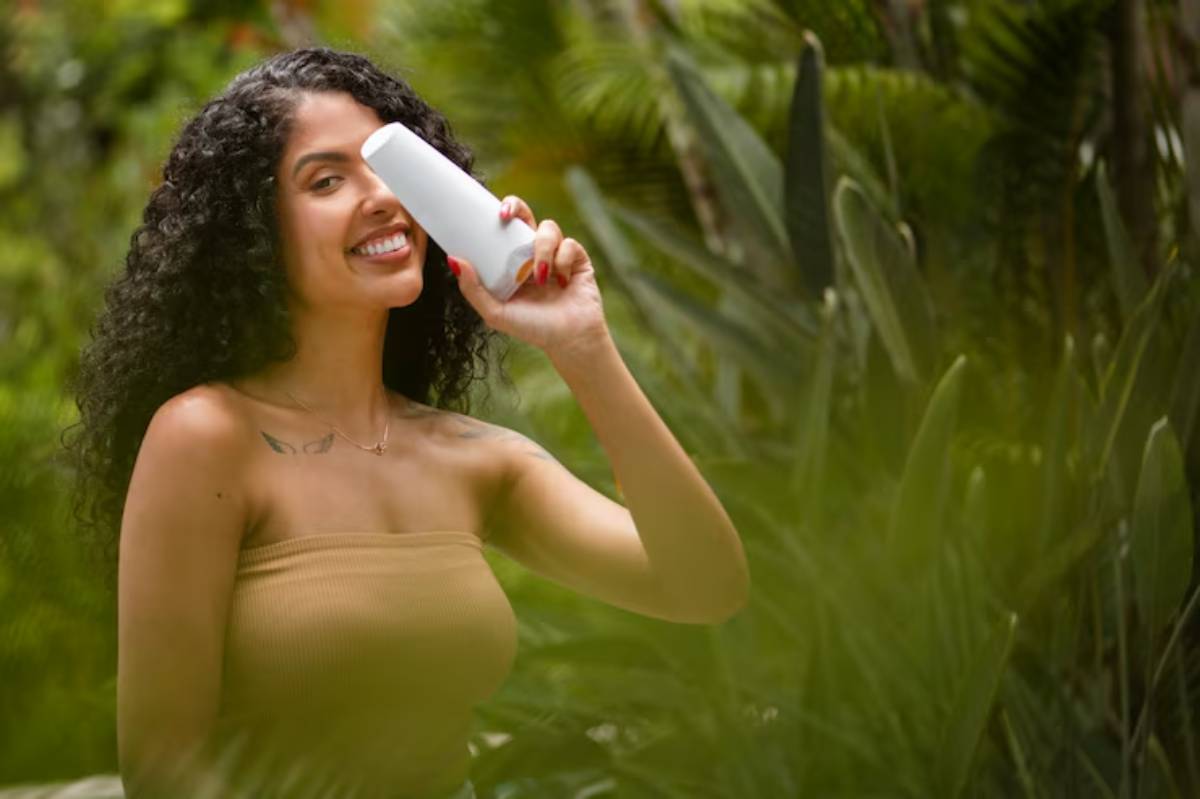
Understanding Your Curl Type and What It Needs
Your curls are as unique as you are, and understanding them is the first step to unlocking their full potential. Whether you’re navigating frizz, struggling with definition, or just starting your curly hair journey, knowing your curl type can make all the difference. Let’s dive into the world of curly hair types and discover how to tailor your routine for healthy, vibrant curls.
What Is a Curl Type and Why Does It Matter?

Not all curls are created equal. From loose waves to tight coils, curl types vary in shape, density, and texture, and each has its own set of challenges and needs. Understanding your curl pattern isn’t just about labels; it helps you choose the right products, techniques, and routines for your hair.
The Curl Typing System: A Quick Overview
Developed by stylist Andre Walker, the curl typing system classifies hair into four types:
- Type 1 – Straight
- Type 2 – Wavy (2A, 2B, 2C)
- Type 3 – Curly (3A, 3B, 3C)
- Type 4 – Coily/Kinky (4A, 4B, 4C)
Each subtype reflects variations in curl diameter, density, and pattern tightness. Most people have more than one type on their head — that’s completely normal.
Type 2: Wavy Hair

Type 2 hair lies between straight and curly. It tends to form loose “S” shapes and can be prone to frizz and limpness if not properly maintained.
2A, 2B, 2C: Breaking It Down
- 2A: Slight wave with minimal volume and no defined curl.
- 2B: More defined waves, often with frizz at the crown.
- 2C: Thick, coarse waves with distinct S-patterns.
What It Needs
- Lightweight moisture without weighing hair down.
- Curl enhancers to define waves.
- Avoid heavy oils and butters that flatten the texture.
Type 3: Curly Hair
Curly hair forms springy, well-defined spirals. It’s often voluminous and can become dry without proper care.
3A, 3B, 3C: What Sets Them Apart?
- 3A: Loose, shiny curls about the size of sidewalk chalk.
- 3B: Bouncier curls, tighter than 3A, prone to frizz.
- 3C: Corkscrew curls with more density and volume.
What It Needs
- Moisture, moisture, moisture — use leave-ins and gels.
- Curl clumping techniques like finger coiling.
- Satin pillowcases or bonnets to reduce overnight frizz.
Type 4: Coily or Kinky Hair

The most fragile and dense of all types, Type 4 hair can shrink significantly when dry, making it look shorter than it is.
4A, 4B, 4C: A Closer Look
- 4A: Soft coils with a defined S-pattern.
- 4B: Z-shaped kinks with less definition and more shrinkage.
- 4C: Tightest coils with minimal definition and maximum shrinkage.
What It Needs
- Deep hydration from thick creams and butters.
- Gentle detangling to prevent breakage.
- Protective styles like twists and braids.
How to Identify Your Curl Type at Home
Start with freshly washed, product-free hair. Let it air dry naturally without manipulation. Observe the curl pattern:
- Is it a loose wave, defined spiral, or tight coil?
- Check the root and the ends — curl types may differ.
- Use a curl pattern chart for comparison.
Remember, porosity, density, and width also play a role in how your hair behaves, even within the same curl type.
Building a Curl-Friendly Routine Based on Your Type
Understanding your curl type means you’re better equipped to develop a personalized routine. Here’s what that might look like:
Cleansing
- Low-poo or co-wash for Types 3 & 4.
- Sulfate-free shampoos for Types 2 & 3 to maintain moisture balance.
Conditioning
- Daily for Type 3 and 4.
- Use deep conditioners weekly — especially essential for Type 4.
Styling
- Type 2 benefits from lightweight mousse or curl creams.
- Type 3 and 4 need rich creams and gels to seal in moisture and hold.
Drying
- Air-dry or use a diffuser on low heat.
- Avoid rough towel drying — use a microfibre towel or cotton T-shirt.
Common Curl Care Mistakes to Avoid
Even the best-intentioned routines can go awry. Look out for:
- Overwashing — strips natural oils, especially for Types 3 and 4.
- Skipping leave-in — leads to dryness and breakage.
- Incorrect product layering — heavy creams on Type 2 can cause buildup.
Curl Type Isn’t Everything: Other Factors to Consider
Porosity
This determines how well your hair absorbs and retains moisture.
- Low porosity: Use lightweight, water-based products.
- High porosity: Opt for thicker oils and creams to lock in moisture.
Density and Strand Width
Knowing your hair’s density and width helps in choosing the right product amount and application method.
Conclusion: Love Your Curls, Whatever the Type
Understanding your curl type is more than just knowing a label. It’s about embracing your hair’s uniqueness and giving it the love it deserves. By identifying your curl pattern, porosity, and specific needs, you empower yourself to choose better products, adopt smarter routines, and avoid common pitfalls.
Healthy, happy curls don’t come from a one-size-fits-all approach — they come from understanding and intention. So take the time to learn about your curls, treat them with care, and enjoy the journey.
Ready to define your routine and embrace your curl power? Start with what your curls are telling you — and give them exactly what they need.


